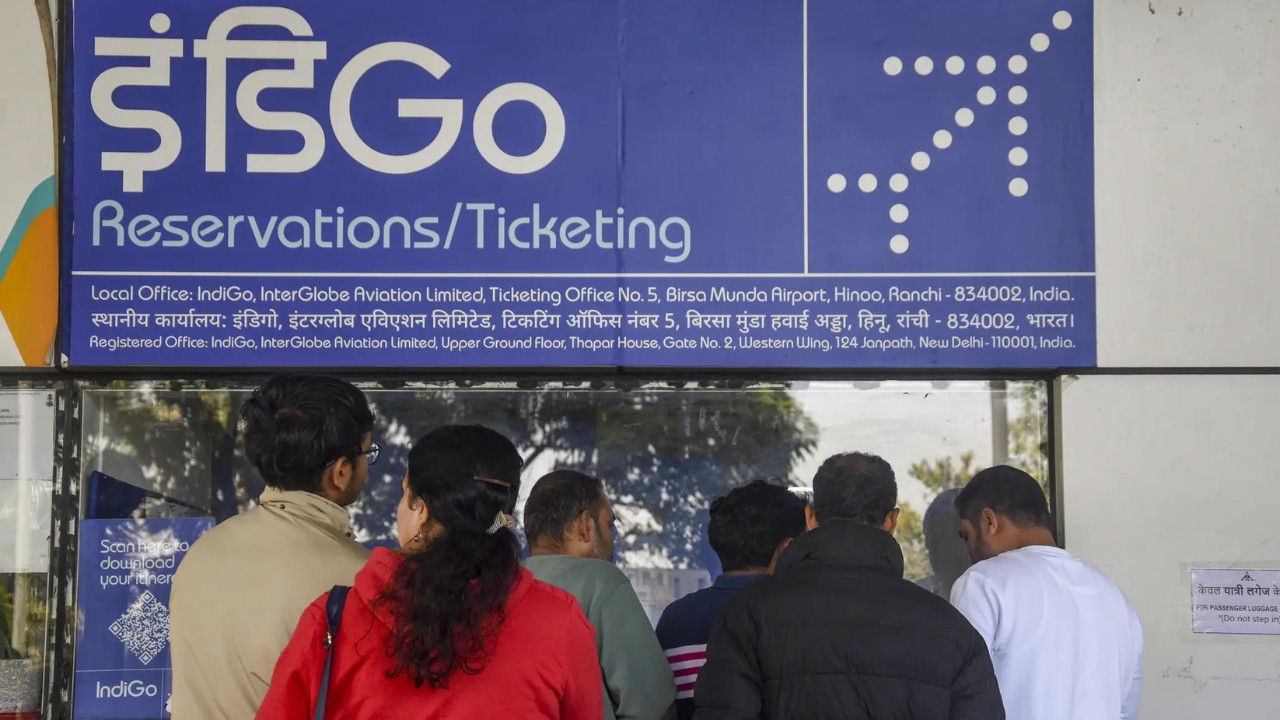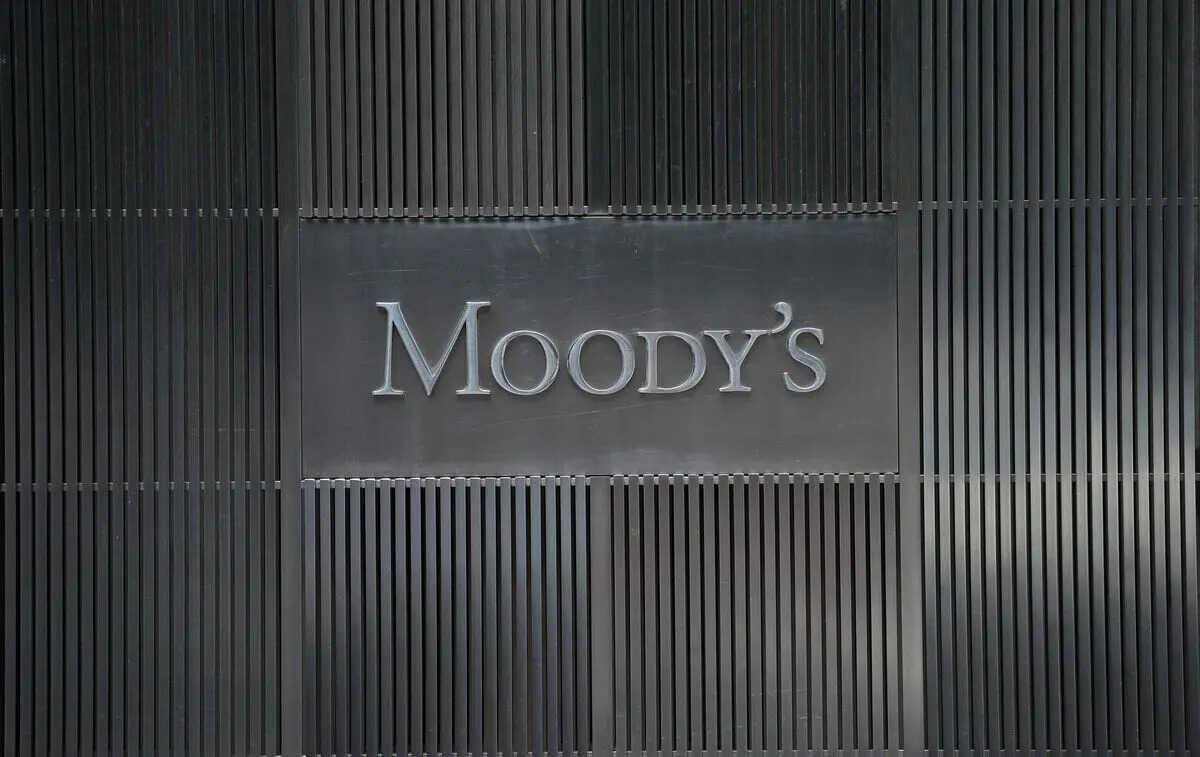Despite President Trump’s tariffs, the Federal Reserve’s preferred inflation measure remained steady in July, while core inflation saw a slight increase, indicating ongoing price pressures. This data reinforces the Fed’s cautious approach to interest rate cuts, as inflation remains above the central bank’s 2% target. Trump has criticized Fed Chair Powell for not implementing aggressive rate cuts.
Navigating the Inflation Maze: What July’s Numbers Really Mean
The economic landscape feels a bit like walking through a maze right now, doesn’t it? Just when you think you’ve found a clear path, another twist appears. July’s inflation data, just released, offers a fresh set of turns, leaving many wondering which way to go next. While the headlines might scream one thing, digging deeper reveals a more nuanced story.
The latest figures from the US indicate that overall price pressures are holding relatively steady. That’s the good news. However, core inflation – which strips out volatile food and energy costs – nudged upward slightly. This subtle increase is enough to keep the Federal Reserve on its toes, and us too. Are those rate cuts we’ve been hoping for really on the horizon, or are we in for more waiting?
A Closer Look at the Core Inflation Data
The core inflation figure is particularly important because it provides a better underlying picture of inflationary trends. Think of it like this: if you’re trying to understand the long-term climate, you don’t just look at a single day’s weather. Core inflation gives us a more stable, longer-term view, filtering out the temporary gusts and showers of market volatility. The slight uptick suggests that the underlying engine of inflation is still running, even if it’s not roaring.

Several factors contribute to this persistent core inflation. The labor market, while cooling somewhat, remains relatively tight. This gives workers more bargaining power, potentially leading to wage increases that businesses may pass on to consumers in the form of higher prices. Supply chain disruptions, though less severe than in the peak of the pandemic, haven’t completely disappeared either. Geopolitical tensions also always linger in the background. All these factors combine to create a complex environment for the Fed to navigate.
What Does This Mean for Interest Rates?
The Fed has been aggressively raising interest rates over the past year to combat inflation. The impact is being felt across the board, from mortgages to business loans. Now, the question on everyone’s mind is: when will the Fed start easing up? These latest inflation figures muddy the waters.
The Fed officials have repeatedly stated that they will remain data-dependent, carefully analyzing each new release before making any decisions. The slight rise in core inflation in July gives them pause. It suggests that the battle against inflation is not yet won, and prematurely cutting rates could risk reigniting price pressures.
We can anticipate that the Fed will proceed with caution, possibly opting for smaller rate hikes or even pausing rate hikes at upcoming meetings. The goal is to strike a delicate balance: to cool the economy enough to tame inflation without triggering a recession. It’s a tightrope walk, for sure. For more on how interest rates influence your financial planning, check out our article on [Managing Your Finances in a High-Interest Rate Environment](internal-link-to-related-article).
The Consumer Perspective
Ultimately, the impact of inflation is felt most acutely by consumers. Higher prices for everyday goods and services squeeze household budgets and reduce purchasing power. While overall inflation may be moderating, many families are still struggling to make ends meet. The cost of groceries, rent, and healthcare remains a significant burden.
This also has consequences for businesses. As consumers tighten their belts, demand for goods and services may decline, impacting company revenues and profitability. Businesses must adapt by finding ways to control costs, improve efficiency, and offer value to price-conscious customers.
Looking Ahead: Patience is Key
Predicting the future is always a fool’s errand, especially when it comes to the economy. However, we can glean some insights from the current data and the Fed’s pronouncements. Inflation is likely to remain a challenge for the foreseeable future, even if it moderates from its peak levels. The Fed will likely remain cautious in its approach to monetary policy, carefully balancing the risks of inflation and recession.
Consumers and businesses need to be prepared for a period of continued uncertainty. This means managing finances prudently, focusing on long-term investments, and adapting to changing market conditions. The journey through this economic maze will require patience, resilience, and a clear understanding of the path ahead.
In conclusion, July’s inflation data presents a mixed bag. While overall price pressures are stabilizing, the slight rise in core inflation necessitates continued vigilance. The Federal Reserve’s next moves will be crucial in determining the trajectory of the economy, and vigilance is key for businesses and consumers alike. We need to embrace adaptability to navigate what will likely be a complex and evolving economic landscape.







